Seven stages of creating a game: from concept to release
How to create your own game? How much can you earn on this? Which team do you need? What are the key stages of development and what should the team do at each stage? The answer to these questions is in an open lecture on game development within the framework of the program "Management of gaming Internet projects", which was placed by our partners - an open system of electronic education Universarium . Here you can see the open lecture:
And under the cut you will find a short text description.
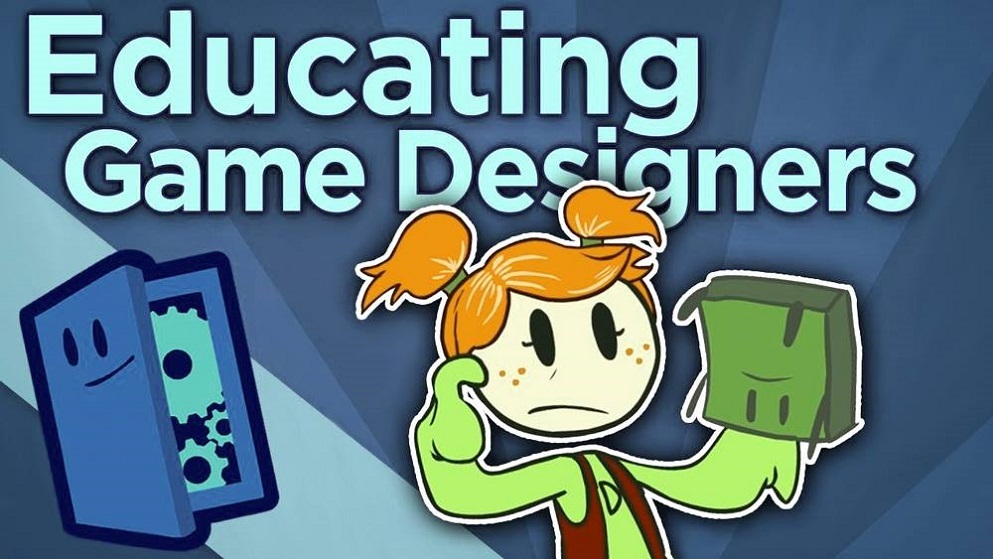
The lecture is led by I, Konstantin Sakhnov, director of the gaming department at Rocket Jump, academic director of educational programs for the training of the game industry at the Higher School of Business Informatics of the Higher School of Economics.
I must immediately make a reservation, in this article I will give only a squeeze - a list of stages, their goals and the logic of the transition to the next. A full lecture is available on video . In addition to a detailed description of the stages, there is a little bit about the size of the gaming industry and the calculation of the payback of game projects.

Most of the lecture is devoted to the stages of creating a game product, the main aspects of the development, documentation, creation of game content and development of the project after the start of open testing. Let's consider these stages in more detail:
At this first step, the team comes up with the concept of the game, and conducts the initial development of the game design. The main goal of this stage is the game design documentation, which includes Vision (a detailed document describing the game as the final business product) and Concept Document (the initial elaboration of all aspects of the game).
In product documentation, the game designer formulates and saves his ideas. The documentation allows the contractor to correctly understand their tasks for the implementation of the product. The tester clearly sees what and how to test. For the Producer / PMA, this documentation provides material for creating plans and monitoring tasks. The investor (especially in the early stages) receives an understanding of what exactly he allocates funds for.

It is fundamentally important that all project and product documentation is kept up to date at all stages of the project development. For its effective use and updating correctly use special tools. For example, using Confluence for conducting game design documentation greatly simplifies the process of parallel changes being made by several development participants, and also allows all team members to quickly receive any relevant information regarding the product and all its changes.
Among the key principles of the formation of product documentation, it is worth noting: structuredness, protection against misunderstandings, a full description of the product, regular updating.
An important stage in the design of any game is the creation of a prototype. What looks good "on paper" will not necessarily be interesting in reality. The prototype is implemented to evaluate the basic gameplay, test various hypotheses, conduct tests of game mechanics, and verify key technical points.
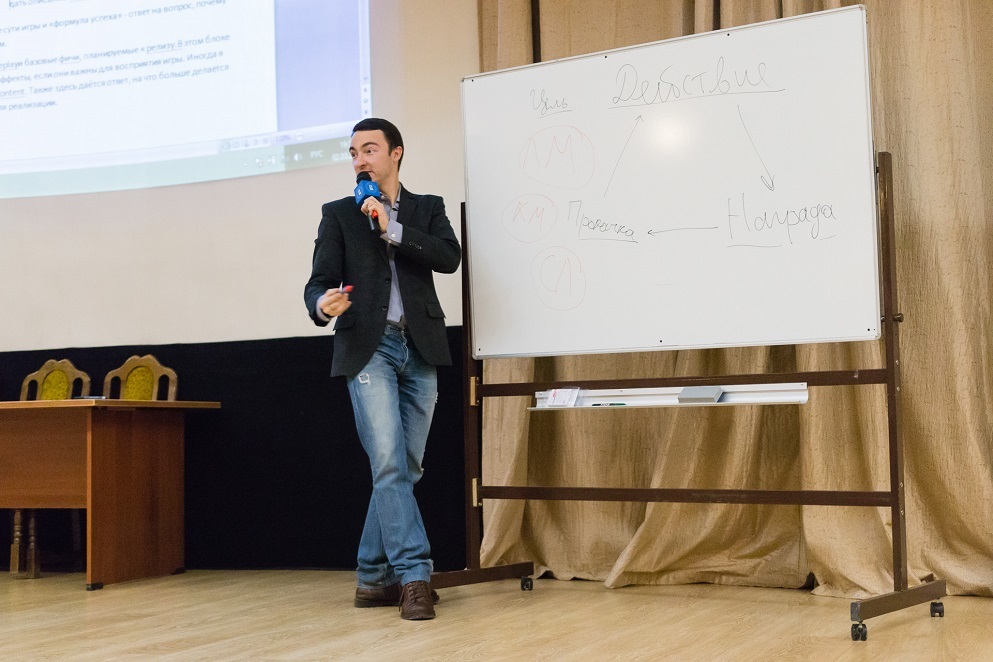
It is very important at the prototype stage to implement only what needs to be checked and in a short time. The prototype should be easy to implement, as after achieving the goals set for him, he must be “thrown out”. A serious mistake of novice developers is to carry temporary infrastructure and “crutches” of code implementation to the main project.
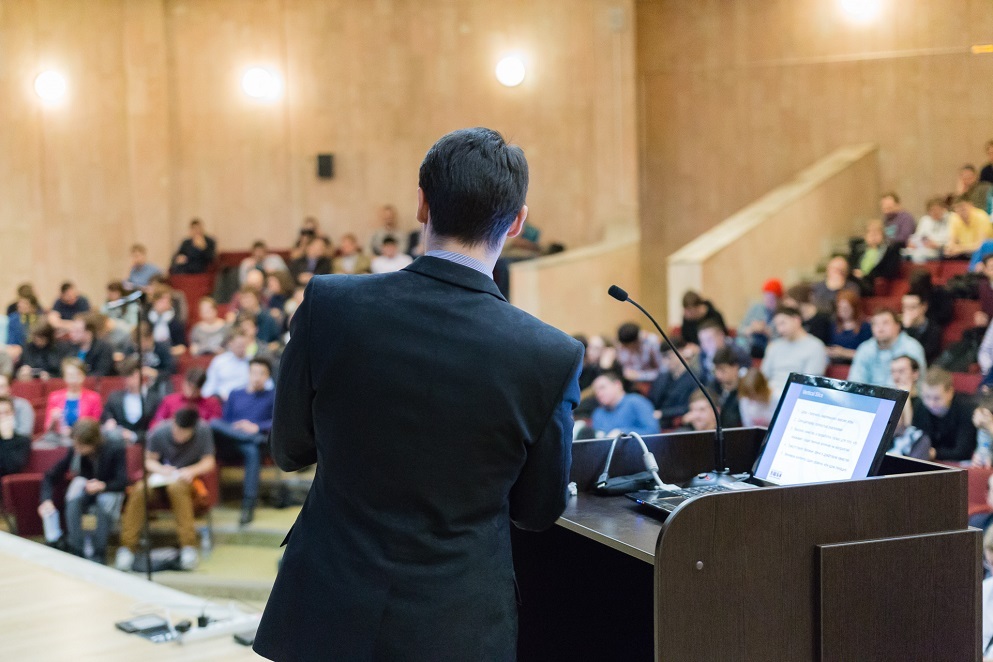
The purpose of the Vertical Slice is to get the minimum possible full version of the game, which includes the fully implemented basic gameplay. At the same time, a high quality of development must be implemented only for those game elements that significantly affect the perception of the product. In this case, all the basic features of the game are present at least in draft quality. A minimum, but sufficient to implement a full-fledged gameplay, set of content has been implemented (one level or one location).
At this stage, enough content is produced for the first launch to an external audience. All features planned for closed beta testing are implemented. This is the longest stage that can take, for large client projects, a year or more.
At this stage, the largest number of specialists are involved who are engaged in the production of the entire main content of the game. Artists create all graphic resources, game designers adjust the balance and fill out configs, programmers implement and polish all the features.
At the CBT stage, the product is first demonstrated to a fairly general public, albeit a loyal product or company. Among the most important tasks at this stage are: the search and correction of game-design errors, problems of game logic and the elimination of critical bugs. At this stage, the game already contains all the key features, enough content has been created for a full-fledged game for a long time, statistics collection and analysis are configured. Testing is carried out according to the test plan, stress tests are conducted with the involvement of real players.
At this stage, testing of the game continues, but already at a wide audience. Optimization under heavy loads. The game must be ready to receive a lot of traffic. The game features billing and payments are accepted.
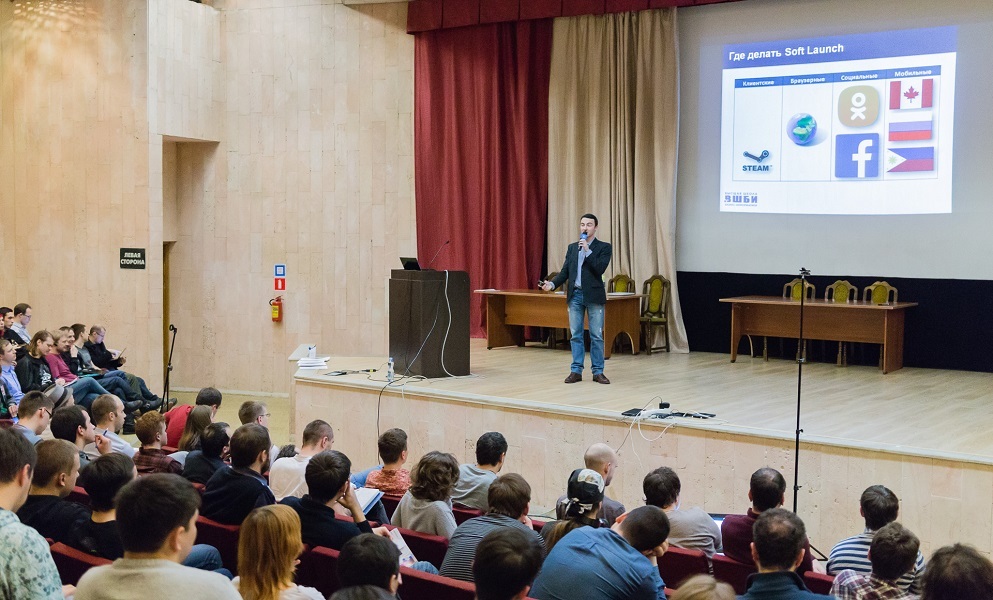
At this stage, the development of new features is fully completed. A feature freeze happens, programmers stop implementing something new, and completely switch to debugging and tuning existing features. Game designers, producer and analysts draw conclusions from the statistics collected on CBT and check the effectiveness of monetization.
At the same time, by the beginning of the stage, the project infrastructure should fully function: site, social groups. networks, channels of attraction (User Acquisition), user support.
The key goal is to make a profit. The basic criterion used to assess profitability: the amount of money brought by an average player per player for the whole time (LTV aka lifetime value) should exceed the cost of attracting this player (CPI aka cost per install).
At this stage, product operation should be fully debugged (technical support, work with the community), marketing and financial plans are being followed, work is underway to improve financial performance, and channels for attracting traffic are being actively developed.
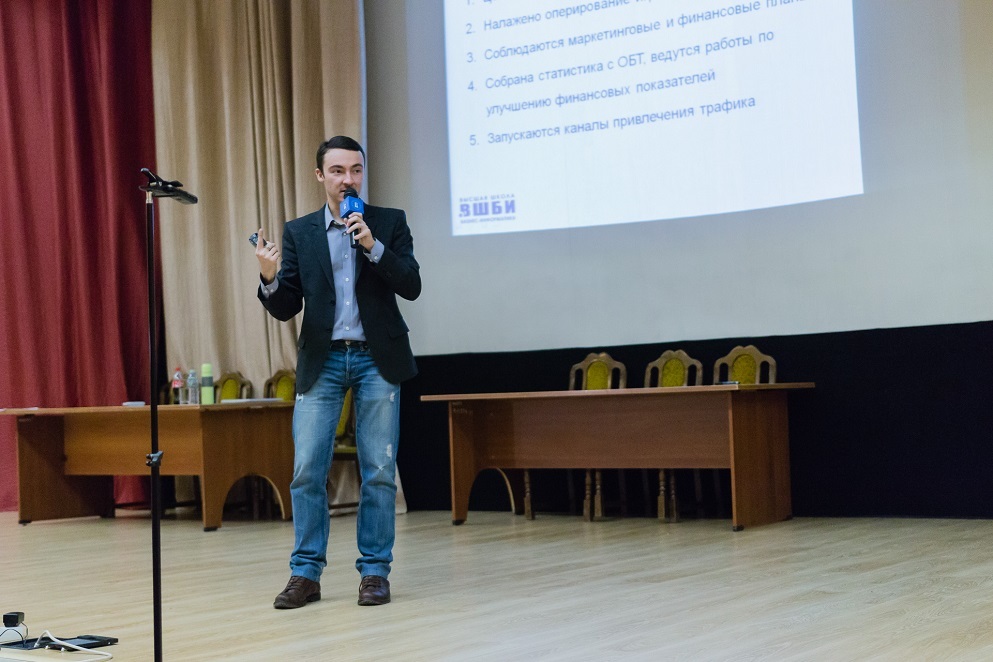
The development team at this stage is engaged in the correction of technical bugs that are identified during operation and product optimization. Game designers are engaged in fine-tuning the gameplay to the real situation in the game world (especially relevant for MMO projects). It also implements various in-game features that support new monetization schemes. And of course, there is development and integration into the product of new content that supports the interest of players.
So want to know more? Then see the full lecture, the links to which are given in the introduction to the article.
By the way, on September 21st the next open lecture is planned within the framework of our program “Management of gaming Internet projects”, which will also be an analogue of “combat training”. This time about the monetization campaigns from the program director Vyacheslav Utochkin viacheslavnu . Visiting her as always is free, but pre-registration is required due to the limited number of places and entry on the list. Registration and details about the new lecture HERE .
Ask questions on the topic of lectures in the comments, we will be happy to answer.
And under the cut you will find a short text description.

The lecture is led by I, Konstantin Sakhnov, director of the gaming department at Rocket Jump, academic director of educational programs for the training of the game industry at the Higher School of Business Informatics of the Higher School of Economics.
I must immediately make a reservation, in this article I will give only a squeeze - a list of stages, their goals and the logic of the transition to the next. A full lecture is available on video . In addition to a detailed description of the stages, there is a little bit about the size of the gaming industry and the calculation of the payback of game projects.

Most of the lecture is devoted to the stages of creating a game product, the main aspects of the development, documentation, creation of game content and development of the project after the start of open testing. Let's consider these stages in more detail:
1. Concept
At this first step, the team comes up with the concept of the game, and conducts the initial development of the game design. The main goal of this stage is the game design documentation, which includes Vision (a detailed document describing the game as the final business product) and Concept Document (the initial elaboration of all aspects of the game).
In product documentation, the game designer formulates and saves his ideas. The documentation allows the contractor to correctly understand their tasks for the implementation of the product. The tester clearly sees what and how to test. For the Producer / PMA, this documentation provides material for creating plans and monitoring tasks. The investor (especially in the early stages) receives an understanding of what exactly he allocates funds for.

It is fundamentally important that all project and product documentation is kept up to date at all stages of the project development. For its effective use and updating correctly use special tools. For example, using Confluence for conducting game design documentation greatly simplifies the process of parallel changes being made by several development participants, and also allows all team members to quickly receive any relevant information regarding the product and all its changes.
Among the key principles of the formation of product documentation, it is worth noting: structuredness, protection against misunderstandings, a full description of the product, regular updating.
2. Prototyping
An important stage in the design of any game is the creation of a prototype. What looks good "on paper" will not necessarily be interesting in reality. The prototype is implemented to evaluate the basic gameplay, test various hypotheses, conduct tests of game mechanics, and verify key technical points.

It is very important at the prototype stage to implement only what needs to be checked and in a short time. The prototype should be easy to implement, as after achieving the goals set for him, he must be “thrown out”. A serious mistake of novice developers is to carry temporary infrastructure and “crutches” of code implementation to the main project.
3. Vertical slice

The purpose of the Vertical Slice is to get the minimum possible full version of the game, which includes the fully implemented basic gameplay. At the same time, a high quality of development must be implemented only for those game elements that significantly affect the perception of the product. In this case, all the basic features of the game are present at least in draft quality. A minimum, but sufficient to implement a full-fledged gameplay, set of content has been implemented (one level or one location).
4. Content production
At this stage, enough content is produced for the first launch to an external audience. All features planned for closed beta testing are implemented. This is the longest stage that can take, for large client projects, a year or more.
At this stage, the largest number of specialists are involved who are engaged in the production of the entire main content of the game. Artists create all graphic resources, game designers adjust the balance and fill out configs, programmers implement and polish all the features.
5. Friends & Family / CBT (closed beta)
At the CBT stage, the product is first demonstrated to a fairly general public, albeit a loyal product or company. Among the most important tasks at this stage are: the search and correction of game-design errors, problems of game logic and the elimination of critical bugs. At this stage, the game already contains all the key features, enough content has been created for a full-fledged game for a long time, statistics collection and analysis are configured. Testing is carried out according to the test plan, stress tests are conducted with the involvement of real players.
6. Soft Launch / OBT (open beta test)
At this stage, testing of the game continues, but already at a wide audience. Optimization under heavy loads. The game must be ready to receive a lot of traffic. The game features billing and payments are accepted.

At this stage, the development of new features is fully completed. A feature freeze happens, programmers stop implementing something new, and completely switch to debugging and tuning existing features. Game designers, producer and analysts draw conclusions from the statistics collected on CBT and check the effectiveness of monetization.
At the same time, by the beginning of the stage, the project infrastructure should fully function: site, social groups. networks, channels of attraction (User Acquisition), user support.
7. Release
The key goal is to make a profit. The basic criterion used to assess profitability: the amount of money brought by an average player per player for the whole time (LTV aka lifetime value) should exceed the cost of attracting this player (CPI aka cost per install).
At this stage, product operation should be fully debugged (technical support, work with the community), marketing and financial plans are being followed, work is underway to improve financial performance, and channels for attracting traffic are being actively developed.

The development team at this stage is engaged in the correction of technical bugs that are identified during operation and product optimization. Game designers are engaged in fine-tuning the gameplay to the real situation in the game world (especially relevant for MMO projects). It also implements various in-game features that support new monetization schemes. And of course, there is development and integration into the product of new content that supports the interest of players.
So want to know more? Then see the full lecture, the links to which are given in the introduction to the article.
By the way, on September 21st the next open lecture is planned within the framework of our program “Management of gaming Internet projects”, which will also be an analogue of “combat training”. This time about the monetization campaigns from the program director Vyacheslav Utochkin viacheslavnu . Visiting her as always is free, but pre-registration is required due to the limited number of places and entry on the list. Registration and details about the new lecture HERE .
Ask questions on the topic of lectures in the comments, we will be happy to answer.
